Dracaena Lisa Care: The Houseplant With The Dark Glossy Leaves
Do you have a spot in your home that’s begging for a tall, narrow floor plant? Well let me please introduce to Lisa – she’s easy care and easy on the eyes. This houseplant’s a looker with all that dark glossy foliage spilling out of the top of each cane (stem). Coming up is all about Dracaena Lisa care and how to keep yours healthy and looking good.
When I was an interior plantscaper (my 1st job following my exit from college ) Dracaena Janet Craig was the top dog in town where dark, glossy green foliage was desired. It was billed as the ultimate low light plant and was seen in almost every office and lobby in town.
Dracaenas Lisa and Michiko are relatively new introductions. A much smaller variety, Janet Craig compacta, has been around for a while too. You’ll see pictures of them below and know that you care for them all in them same way.
Some Of Our General Houseplant Guides For Your Reference:
- 3 Ways To Successfully Fertilize Indoor Plants
- How to Clean Houseplants
- Winter Houseplant Care Guide
- Plant Humidity: How I Increase Humidity For Houseplants
- Buying Houseplants: 14 Tips For Indoor Gardening Newbies
- 11 Pet-Friendly Houseplants
Dracaena Lisa Care
Dracaena Lisa Uses
This is a floor plant. It grows in a compact, upright form as compared to other houseplants like ficus, palms & scheffleras which have a more spreading habit as they grow. It’s great for areas in your home where you don’t have a lot of space.
Sizes
I’ve seen it sold in 10, 12 & 14″ grow pots. The height generally ranges from 5′-8′. My Dracaena Lisa is in a 10″ pot & stands about 5.5′ tall & about 2.5′ wide at the top.
Growth Rate
This plant has a moderate to slow growth rate. Mine is growing in good light & the temps are warm here in Tucson so the growth is on the moderate side. The lower the light & lower the temps, the slower the growth rate will be. Houseplants don’t grow much in the winter months by the way. It’s the time for them to rest (hey, don’t we all need a little hibernation!).
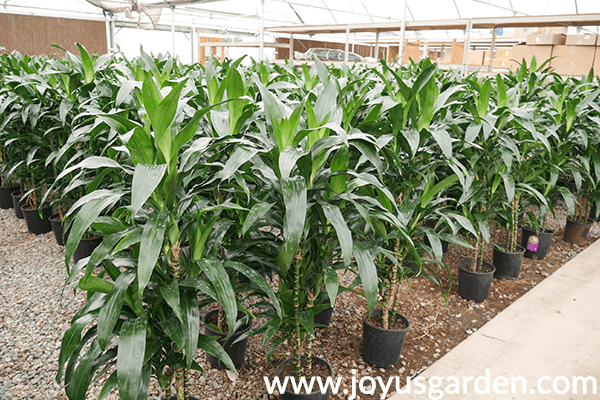
Dracaena Lisas in the greenhouse.
Exposure
This plant is often sold as a light plant & we always billed the Dracaena Janet Craig as a low light houseplant too. The Dracaena Lisa does much better in medium light. Nice bright natural light but no direct sun because this plant will burn. This is an east or west exposure with 2-4 hours of the sun coming in the windows per day.
I use my instincts when it comes to light & houseplants. If a plant isn’t doing as well as it should, then I move it. Just know that if you have your Dracaena Lisa in low light (this isn’t no light; low light would be likened to a northern exposure with no direct sunlight) it won’t grow much if any at all. The plant will look a bit “droopy” & sad with the leaves getting smaller in size.
If your plant is in a corner, then rotate it so the light can reach all sides. When the light levels go low in winter, you might need to move your plant to a spot that gets more natural light.
Watering
This is important when it comes to Dracaena Lisa care. You want to keep this 1 on the dry side. If your home is warmer, then you’ll have to water more often. On the average, every 2-3 weeks is fine. You want the top 2/3 of the soil to dry out before watering it again.
I live in the desert & water mine every 1-2 weeks in the warmer months. My Dracaena Lisa gets a fair amount of light in the living room & I prefer to keep my home on the warmer side with minimal air conditioning. Adjust the watering frequency according to your home’s conditions. Back off on the watering frequency in the winter months.
This plant is sensitive to salts & minerals in the water. On these dark leaves, the yellow spots & significant brown tips really show. You may need to use distilled water if this applies to your tap water.

This is Dracaena Michiko. Its leaves are a little fatter & not as long as Lisa’s. It has even more of an upright, narrow form.
Fertilizer
I don’t fertilize my Dracaena Lisa. Come early spring I top it with 1/4″ of worm compost & 1/4″ of compost over that. If you go this route, easy does it. Too much of an application of either can burn the roots of a houseplant. Worm compost is my favorite amendment which I use sparingly because it’s rich. Here’s why I like it so much. I’m currently using Worm Gold Plus.
I use Tank’s local compost. Give Dr. Earth’s a try if you can’t find anywhere you live. Both worm compost & compost enrich the soil naturally so the roots are healthy & the plants grow stronger.
Liquid kelp or fish emulsion would work fine too as well as a balanced liquid houseplant fertilizer (5-5-5 or lower). Dilute any of these to half strength & apply in spring. If for some reason you think your Dracaena needs another application, do it again in summer. You don’t want to fertilize houseplants in late fall or winter because that’s their time for rest.
I give most of my houseplants a light application of worm compost with a light layer of compost over that every spring. Easy does it – 1/4 to 1/2? layer of each for a larger sized houseplant. Read about my worm compost/compost feeding right here.
Temperature
If your home is comfortable for you, then your plant will be fine. Just keep it away from any cold or hot drafts & away from heaters & air conditioner vents.

Dracaena Janet is the original. The leaves don’t stay as “neat” & the form is much more spreading than the other 2.
Pruning
Not much is needed at all. If yours has a few brown tips, just leave them be. It’s common for dracaenas to have them. Pronounced brown edges are due to a watering issue so cut them off if you feel the need. Just make sure your scissors are clean & sharp.
Propagation
And of course, you prune if you wish to propagate. I’ve found the 2 easiest ways of propagating this plant are by air layering & cuttings in water.
Soil / Transplanting
My Dracaena Lisa is planted in a combo of lava rock & potting soil. The Hawaii growers use lava rock to increase drainage & aeration. When I transplant it next spring, I’ll use a locally formulated potting soil which is nice & chunky, some of the lava rock & maybe some charcoal it I think it needs it. This is optional but what charcoal does is improve the drainage & absorb impurities & odors. For this reason, it’s great to mix it into your soil mix when doing any indoor potting project.
Spring & summer are the best times to transplant your Dracaena Lisa.

Dracaena Janet Craig compacta live up to its name. It’s much more compact & grows slower.
Pests
The Dracaena Lisa can be susceptible to mealybugs & scale. Click the links & you’ll see how to identify & control them. Many houseplants are susceptible to spider mites so I’ll include this 1 too.
Pests can travel from houseplant to houseplant fast so make you get them under control as soon as you see them.
Safe For Pets
All dracaenas are considered to be toxic to pets. I consult the ASPCA website for my info on this subject – here’s more info on this for you. Most houseplants are toxic to pets in some way & I want to share my thoughts with you regarding this topic.

I saw quite a few of these planters in a mall in La Jolla, CA. The dark, glossy foliage is pretty against a white wall & in a white planter.
More On Dracaena Lisa Care
Your Dracaena Lisa will slowly lose its lower leaves. I just want to let you know this is normal. As the plant grows taller, the lowest leaves turn yellow & eventually brown. I wait until the leaves are dry & easily pull them off.
This is an easy houseplant to maintain. As I said, a bit of tipping is normal due to the dry air in our homes. If the tips are sizable, it’s due to a watering issue.
The bright natural light will make this plant happy. Overwatering will not.
Lisa’s large, glossy leaves are dust collectors. You can wipe off any gunk off with a soft, damp cloth once or twice a year. If you’re so inclined, put the plant in the shower & give it a showering off. Just be careful not to blast the soil out!
Don’t be tempted to use a commercial leaf shine up the ante on this plant’s glossiness. Those products will clog the pores of the leaves & just like us, they need to breathe.
Dracaena Lisa, you’re my kind of gal – easy to be around and low maintenance. Hopefully, she’ll become your bestie too!
Happy gardening,

YOU MAY ALSO ENJOY:
- Repotting Basics: Basics Beginning Gardeners Need To Know
- 15 Easy To Grow Houseplants
- A Guide To Watering Indoor Plants
- 7 Easy Care Floor Plants For Beginning Houseplant Gardeners
- 10 Easy Care Houseplants For Low Light

This post may contain affiliate links, you can read our policies here.
- About the Author
- Latest Posts
Nell, the founder of Joy Us garden, was born into a gardening family and grew up in Connecticut’s countryside. After living in Boston, New York, San Francisco, & Santa Barbara, she now calls the Arizona desert home. She studied horticulture & garden design, working in the field all her life. Nell is a gardener, designer, blogger, Youtube creator, & author. She’s been gardening for a very long time & wants to share what she’s learned with you.

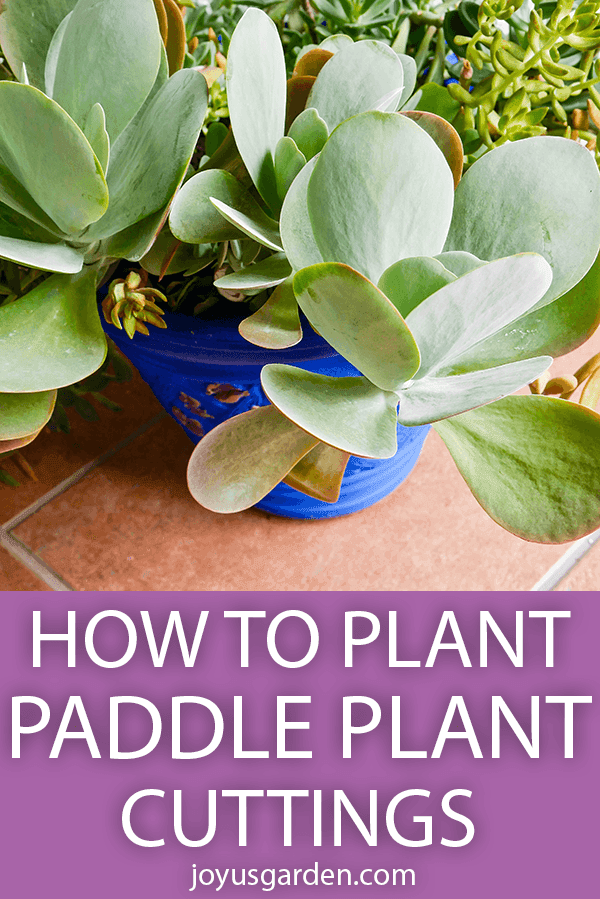
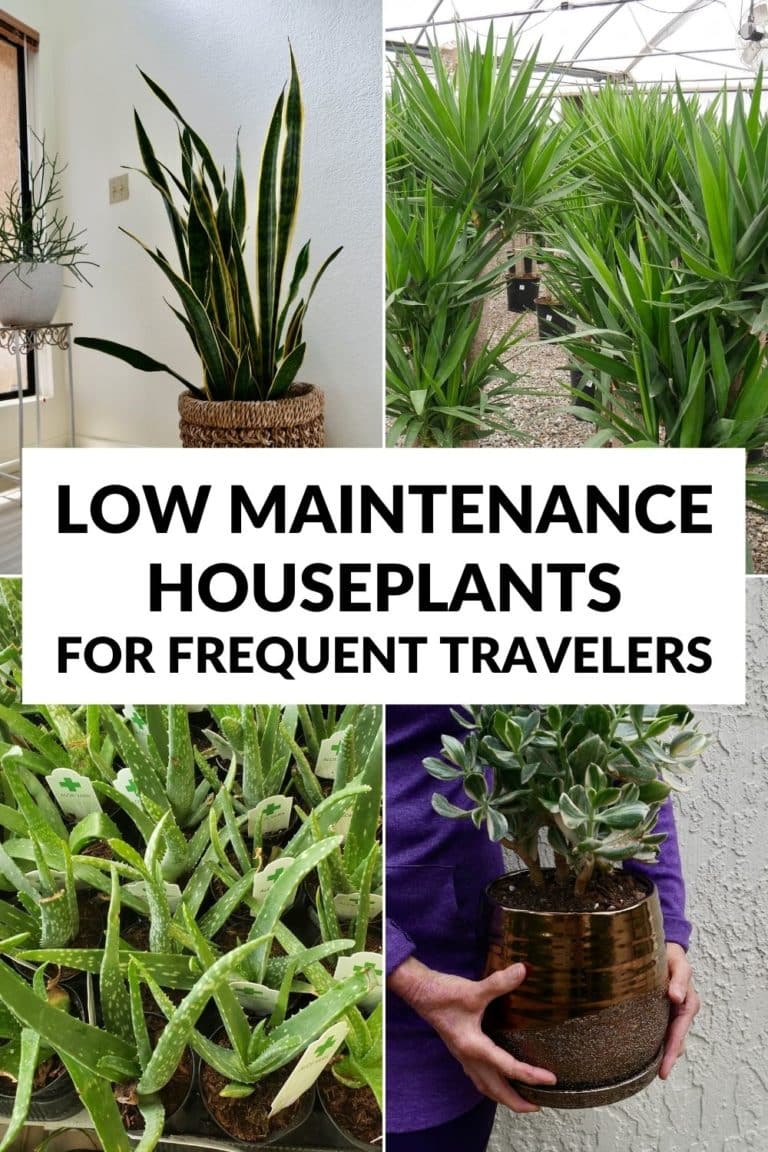
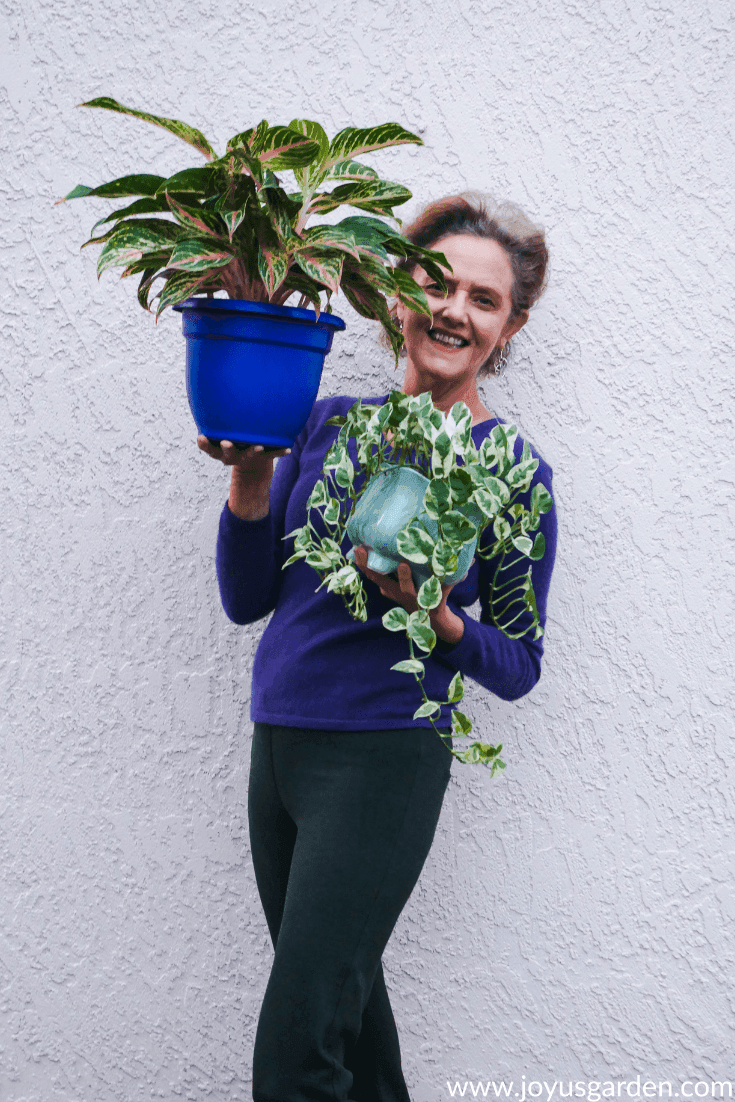
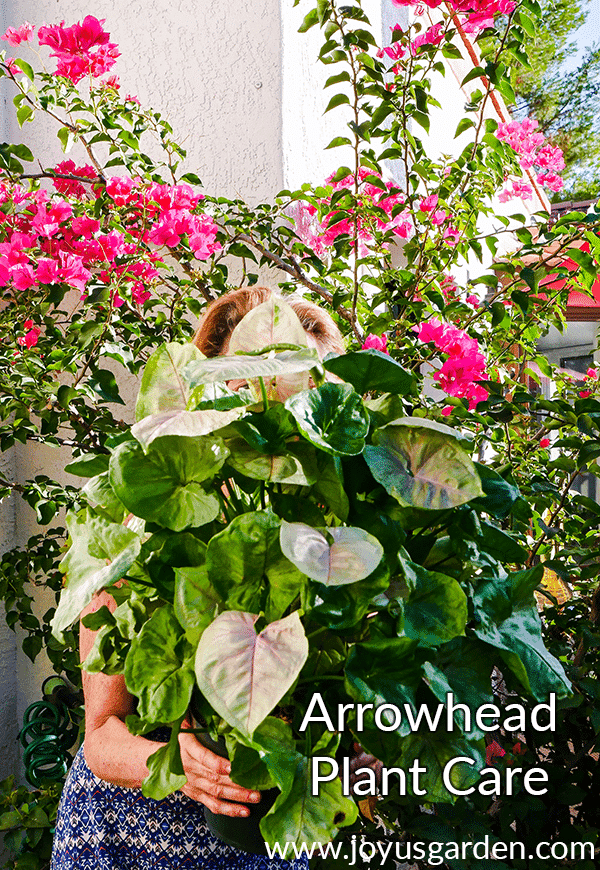
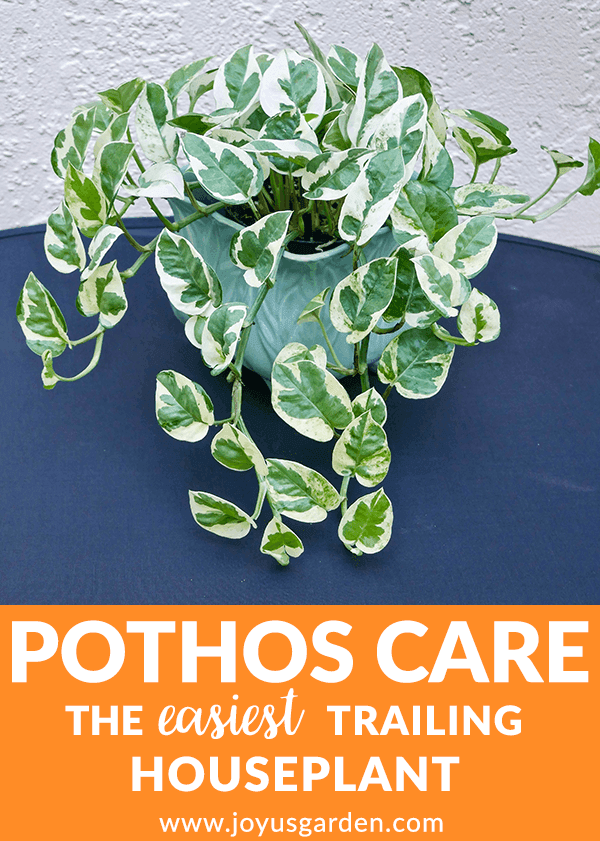
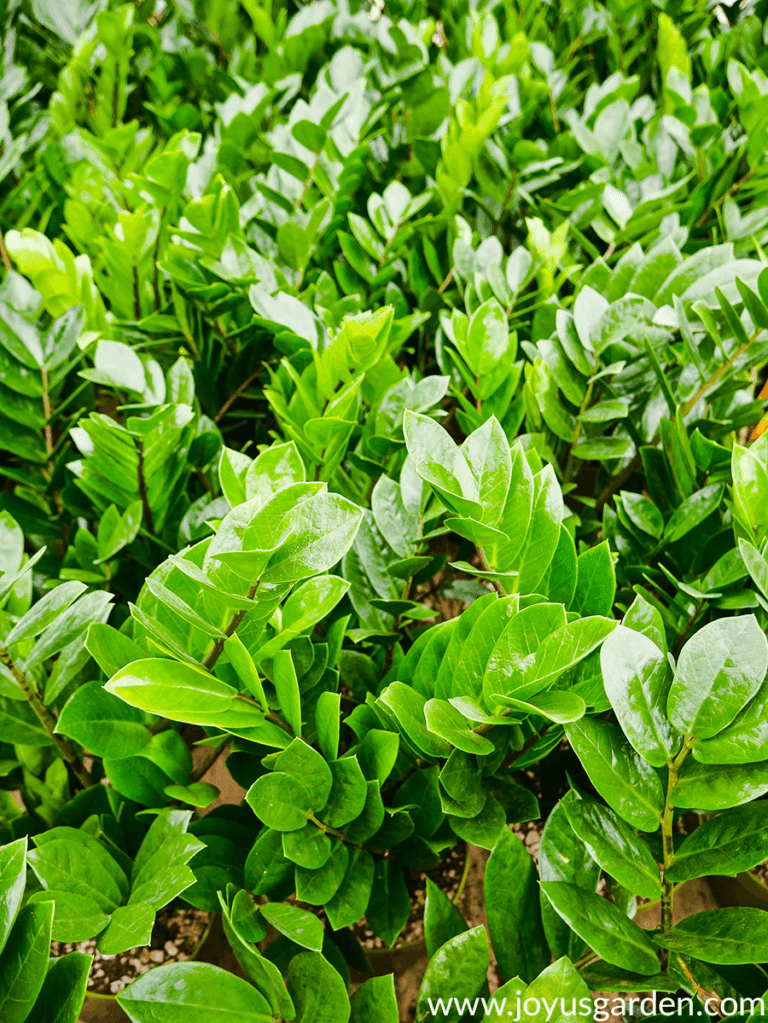

Just stumbled across your talk about the Lisa plant, maybe I could buy one in one of our garden centres here, seeing as my home is small. We’ve just had a few more days of very warm weather,fine for sitting outside. Look forward to looking at more of your talks, best wishes S. Gren.
Hi Sibylle – The Lisa is a nice plant for smaller spaces because it gives you a bit of height doesn’t get too wide. Thank you for reading & leaving a comment. Nell
Hi Nell, great information! I have a question about the flowering. I just cut mine off as it seemed like my plant wasn’t doing too well. I found the leaves changing and the flower didn’t look too healthy. I read about a beautiful fragrance but mine didn’t have any, I’d try to smell it each night. The 2 flower stems grew about 4” before I cut them off. What’s your advise on flowering please? I felt the flowering was weakening my plant but i don’t know.
Thank you for your help!
Elisabeth
Mine was approximately 7 ft. tall when I “topped” it. Took the 2 ft. tops and placed them in a tap water filled vase to root in an eastern window for the winter. There are 7 shoots 4 ft. tall, all growing in Pro-mix in a 10″ pot with 2 inches of stones in the pot’s bottom facilitating excess H2O runoff. Any dead leaves I shred sprinkling them in the dirt. I water every 2 weeks.
Thank you Elisabeth – Mine has never flowered indoors. I know the growers cut them off for appearance sake. The flowers tend to make the plant look messy. Nell
Thanks for sharing Barry. Nell
Hi, I just bought a Lisa and my house is pretty cold right now during winter, I’ve read a couple things about how humidifiers help indoor plants, would a humidifier help me with my Lisa? It’s been browning and dying on me. I’m sure it’s not over watering so I’m thinking it’s the temperature
I believe my plant is a dracaena lisa but i’m not sure. my question is that mine is about 23 yrs old. I received it at my mothers wake and it is very sentimental to me. It isn’t growing straight up. I have it tied loosely to a thick dowel in the pot. Im pretty sure this is not normal. What can I do to help it if I am doing something wrong. Any advice would be really appreciated
Hi Joyce – They can get top heavy & spindly over time. You can try using 3 stakes & see if that works. Another thing to try is cutting the stems back a bit & rejuvenate the plant. Start with 1 stem & try that. You can always root the tops. Nell
Rosy – When you house temp is cooler, the soil mix drys out slower. It could be staying too moist. Dracaenas are very susceptible to brown tips – it’s their nature. A humidifier would probably help; it’s worth a try. Nell